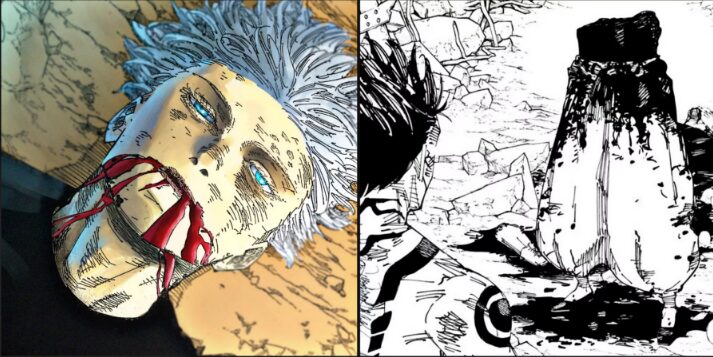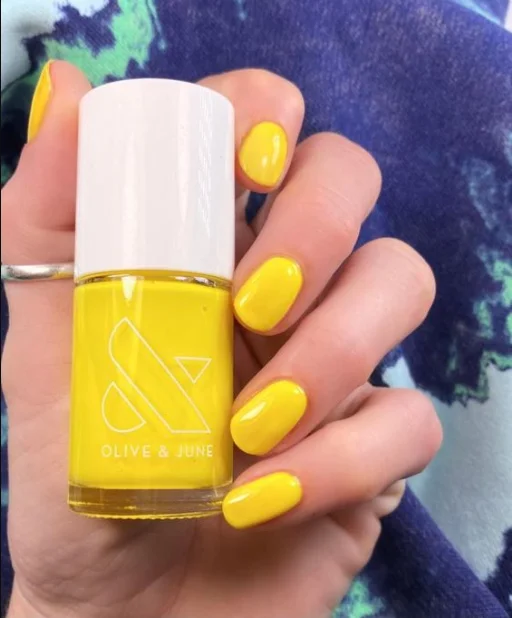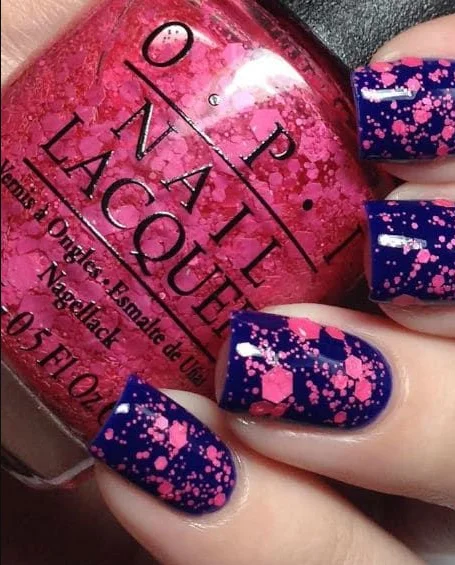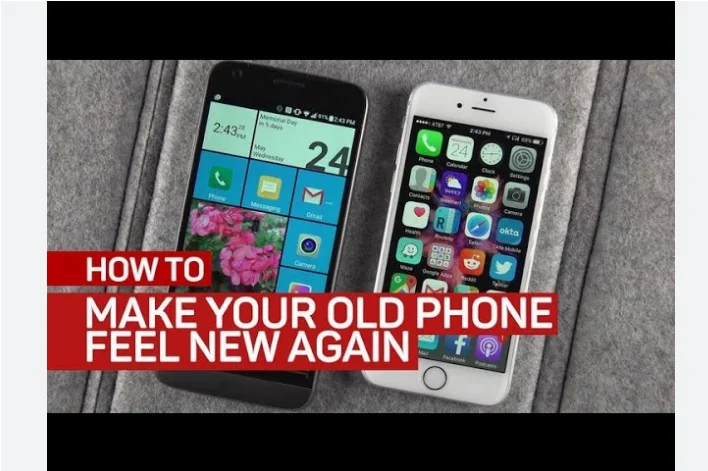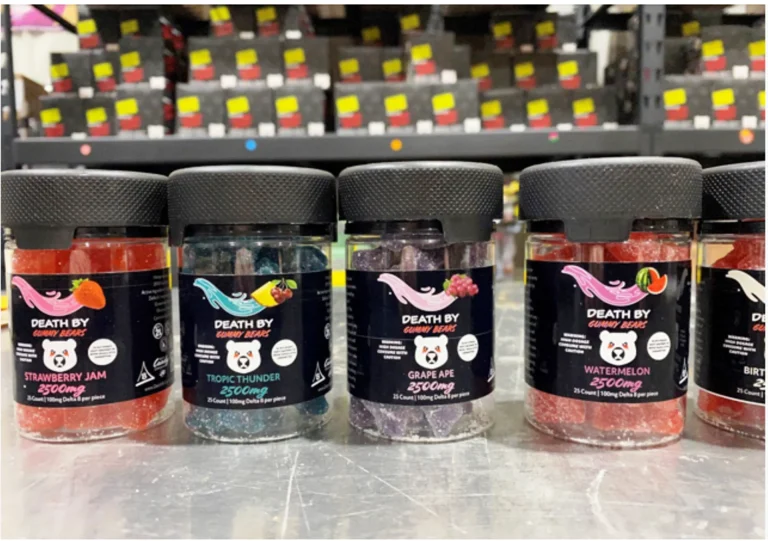Death Valley Weather
Welcome to Death Valley, the driest place in North America and the hottest on Earth! Nestled within steep mountain ranges, this long and narrow basin sits an astonishing 282 feet (86 m) below sea level. With its extreme climate and intriguing history, Death Valley is a captivating destination for adventurers seeking both natural wonders and thrilling weather patterns.
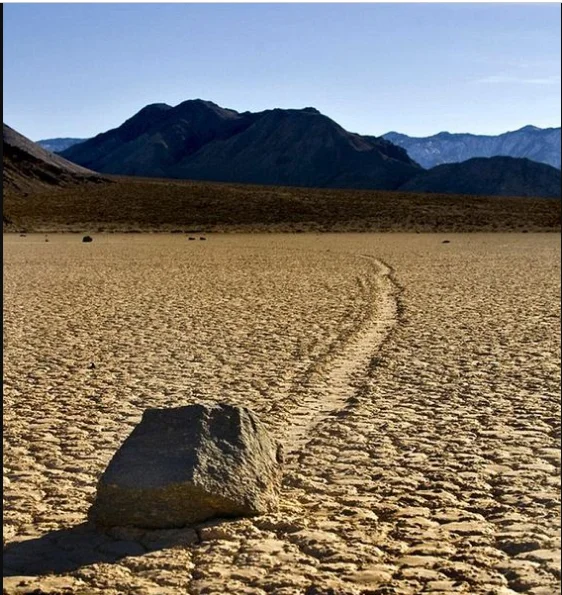
But what exactly makes this desert valley so unique? Why does it hold the title for being both the driest place in North America and the hottest on Earth? Join us as we dive into the fascinating world of Death Valley’s weather patterns, historical extremes, predictions for 2024, and essential tips for surviving in this scorching hot environment. So grab your water bottles and let’s embark on a journey through one of nature’s most awe-inspiring marvels!
Climate and Weather Patterns in Death Valley
Death Valley is known for its extreme climate and weather patterns. As the driest place in North America and the hottest on Earth, it experiences scorching temperatures during the summer months, with average highs reaching well over 100 degrees Fahrenheit. The lack of significant rainfall contributes to its arid conditions.
The winters in Death Valley are mild compared to other parts of the country, with average lows hovering around 40 degrees Fahrenheit. However, even during these cooler months, visitors should be prepared for rapid temperature changes between day and night.
Rainfall is scarce in Death Valley, averaging less than two inches per year. Most of this rain falls during the winter months as sporadic showers or short-lived thunderstorms. Snowfall is extremely rare but has been documented a handful of times throughout history.
Despite its harsh climate, there are still plants and animals that manage to survive in Death Valley’s desert ecosystem. These species have adapted to the extreme conditions by storing water or remaining dormant during periods of drought.
Understanding the climate and weather patterns in Death Valley is crucial when planning a visit. It’s important to pack appropriate clothing layers for temperature fluctuations throughout the day and always carry an ample supply of water to stay hydrated in this arid environment.
Historical Extremes of Death Valley’s Weather
Death Valley, known for its extreme climate, has experienced some truly remarkable weather events throughout history. From scorching temperatures to rare rainfall, this unique desert landscape has seen it all.
One notable historical extreme occurred in 1913 when Death Valley recorded the highest temperature ever recorded on Earth – a blistering 134 degrees Fahrenheit (56.7 degrees Celsius). This record-breaking heatwave left no doubt that Death Valley lives up to its reputation as one of the hottest places on Earth.
On the other end of the spectrum, Death Valley has also experienced frigid temperatures during winter months. The coldest month is typically December, with average lows dipping down into the mid-30s (around 2 degrees Celsius). While not as extreme as its summer heatwaves, these cold spells can still be challenging for visitors and residents alike.
Despite being known for its arid conditions, Death Valley does receive occasional rainfall. However, these rainstorms are infrequent and often concentrated within short periods. In fact, the average annual precipitation in Death Valley is less than two inches (5 centimeters), making it one of North America’s driest places.
Snowfall in Death Valley is an exceptionally rare occurrence due to its desert environment. However, there have been a few instances throughout history where flurries or light dustings have been reported on higher mountain peaks surrounding the valley.
While humans do visit and explore this harsh environment, permanent human habitation within Death Valley itself is minimal due to its inhospitable conditions. Nonetheless, brave adventurers and scientists continue to study and learn from this unique natural laboratory.
So why is it called “Death” Valley? Well, aside from being a rather ominous name that sparks curiosity and intrigue among travelers worldwide; it stems from tales told by early pioneers who faced immense challenges navigating through this unforgiving terrain. It serves as a reminder of both the beauty and danger that coexist within this remarkable desert landscape.
Predictions for the Weather in 2024
As we look ahead to the year 2024, it’s natural to wonder what kind of weather conditions Death Valley will experience. While predicting weather with absolute certainty is impossible, scientists and meteorologists have made some educated guesses based on historical data and current climate patterns.
One thing that’s certain is that Death Valley will continue to live up to its reputation as one of the driest places in North America and the hottest on Earth. The scorching temperatures and arid conditions are unlikely to change dramatically in just a few years.
However, there may be slight variations from year to year. Some experts suggest that global warming could lead to even hotter summers in Death Valley, with record-breaking heatwaves becoming more frequent. This means visitors should be prepared for extreme heat if they plan on venturing into the valley during summer months.
In terms of rainfall, Death Valley has always been known for its minimal precipitation. While occasional flash floods can occur during rare rain events, overall rainfall amounts are expected to remain low in 2024. The chances of experiencing significant rainfall or prolonged periods of wet weather are slim.
Snowfall is also a rarity in Death Valley due to its desert location and high temperatures throughout most of the year. Even though it sits at an elevation below sea level, snowfall remains uncommon unless there are exceptionally cold winter storms sweeping through the region something that is not predicted for 2024.
So how should you prepare yourself if you plan on visiting Death Valley? First and foremost, make sure you pack plenty of water – dehydration can happen quickly under such extreme conditions! It’s also wise to dress appropriately and wear lightweight clothing that covers your skin but allows air circulation.
Additionally, consider planning outdoor activities during cooler parts of the day like early morning or late afternoon when temperatures are slightly lower. Take breaks frequently and find shade whenever possible this will help prevent overheating and exhaustion.
Preparing for Extreme Weather in Death Valley
When it comes to extreme weather, Death Valley takes the cake. With scorching hot temperatures and minimal rainfall, this desert oasis can be a challenging place to navigate. But fear not! With the right preparation, you can conquer the elements and have a safe and enjoyable experience.
First things first, make sure you pack plenty of water. Dehydration is a real threat in Death Valley’s arid climate, so it’s essential to stay hydrated at all times. The general rule of thumb is one gallon per person per day!
Next up, dress appropriately for the heat. Lightweight and breathable clothing will help keep you cool under the blazing sun. Don’t forget your hat and sunglasses too – they’ll provide some much-needed shade for your face.
It’s also crucial to plan your activities around the weather conditions. Avoid strenuous outdoor activities during peak heat hours (usually between 10 am and 4 pm) when temperatures are at their highest. Instead, opt for early morning or late afternoon adventures when it’s slightly cooler.
If you’re planning on hiking or exploring off-the-beaten-path areas, always let someone know where you’re going and when you expect to return. This way, if anything goes awry or if there’s an emergency situation, help can be dispatched promptly.
Familiarize yourself with emergency procedures and services available in Death Valley. It’s better to be prepared than caught off guard in a potentially dangerous situation.
By following these tips and taking precautions before heading into Death Valley’s extreme weather conditions, you’ll ensure that your adventure remains memorable for all the right reasons! Stay safe out there!
Tips for Surviving in the Heat of Death Valley
In the scorching heat of Death Valley, survival is not a matter to be taken lightly. But with proper preparation and precautions, you can safely explore this unique and awe-inspiring landscape. Here are some tips for surviving in the extreme heat of Death Valley:
1. Stay hydrated: Drink plenty of water throughout the day to prevent dehydration. Carry a sufficient amount of water with you at all times, especially when venturing out on hikes or long drives.
2. Dress appropriately: Wear lightweight and loose-fitting clothing that covers your skin from direct sunlight. Opt for light-colored fabrics that reflect rather than absorb heat.
3. Seek shade: When the sun is at its peak, find shelter under shaded areas such as trees or rocks to protect yourself from direct exposure to sunlight.
4. Plan outdoor activities wisely: Avoid strenuous activities during the hottest part of the day (usually between 10 am and 4 pm). Instead, plan your explorations early in the morning or later in the evening when temperatures are relatively cooler.
5. Protect yourself from sunburn: Apply sunscreen with high SPF regularly to shield your skin from harmful UV rays. Don’t forget to wear sunglasses and a wide-brimmed hat for added protection.
6. Watch out for signs of heat exhaustion or heat stroke: Symptoms include dizziness, nausea, headache, rapid heartbeat, confusion, and even loss of consciousness. If you experience any of these symptoms, seek immediate medical attention.
7. Take frequent breaks: Pace yourself and take regular breaks in shaded areas while exploring Death Valley’s stunning landscapes.
8. Be mindful of wildlife encounters: Respect wildlife by observing them from a safe distance and never approach or feed them – they have adapted to survive in this harsh environment just like we must do!
Remember that safety should always come first when visiting Death Valley National Park! By following these tips and being prepared for extreme weather conditions, you can fully appreciate this remarkable destination while staying safe and comfortable. So go ahead, embrace the challenges, and enjoy your adventure in Death Valley!


